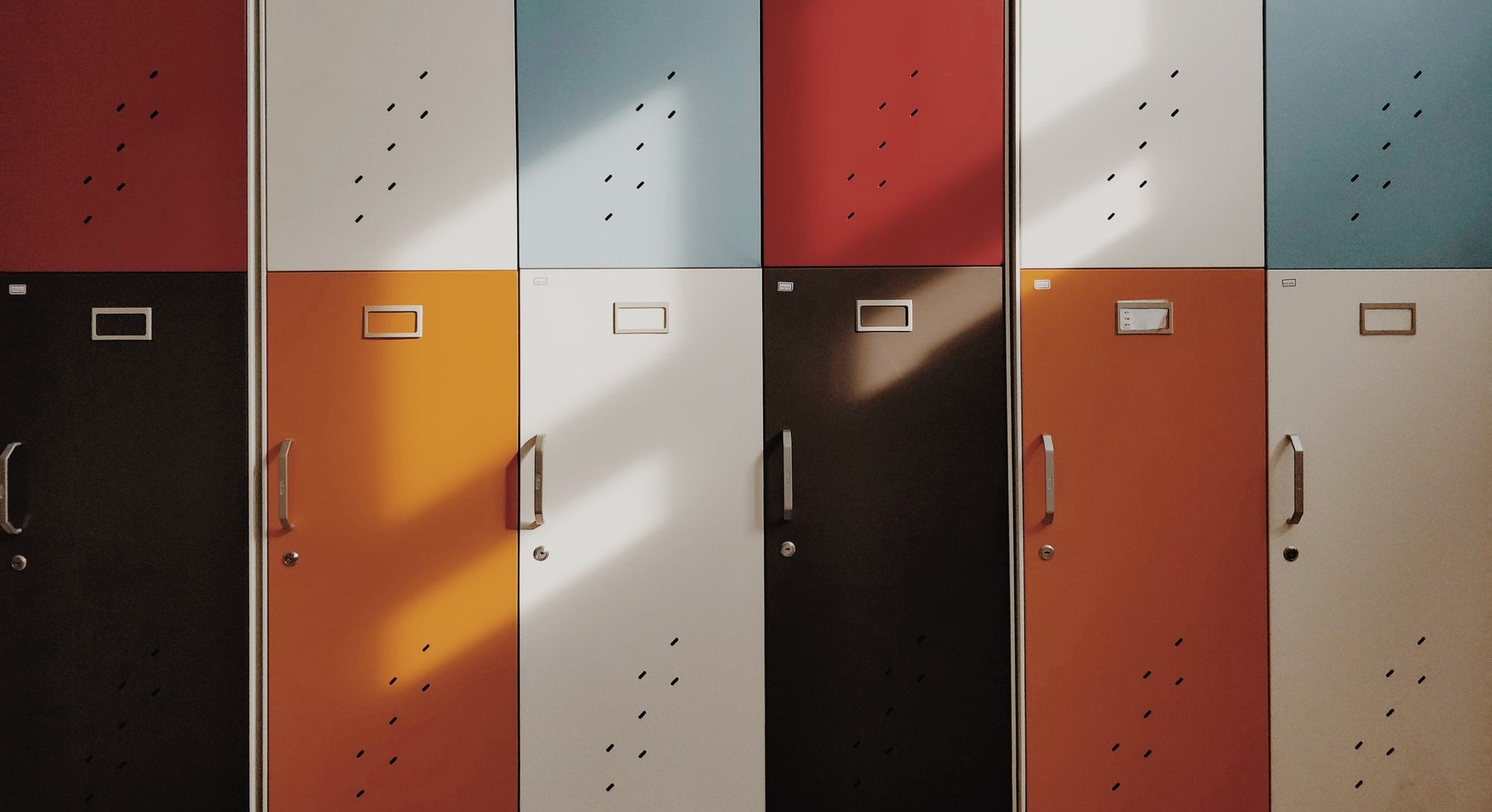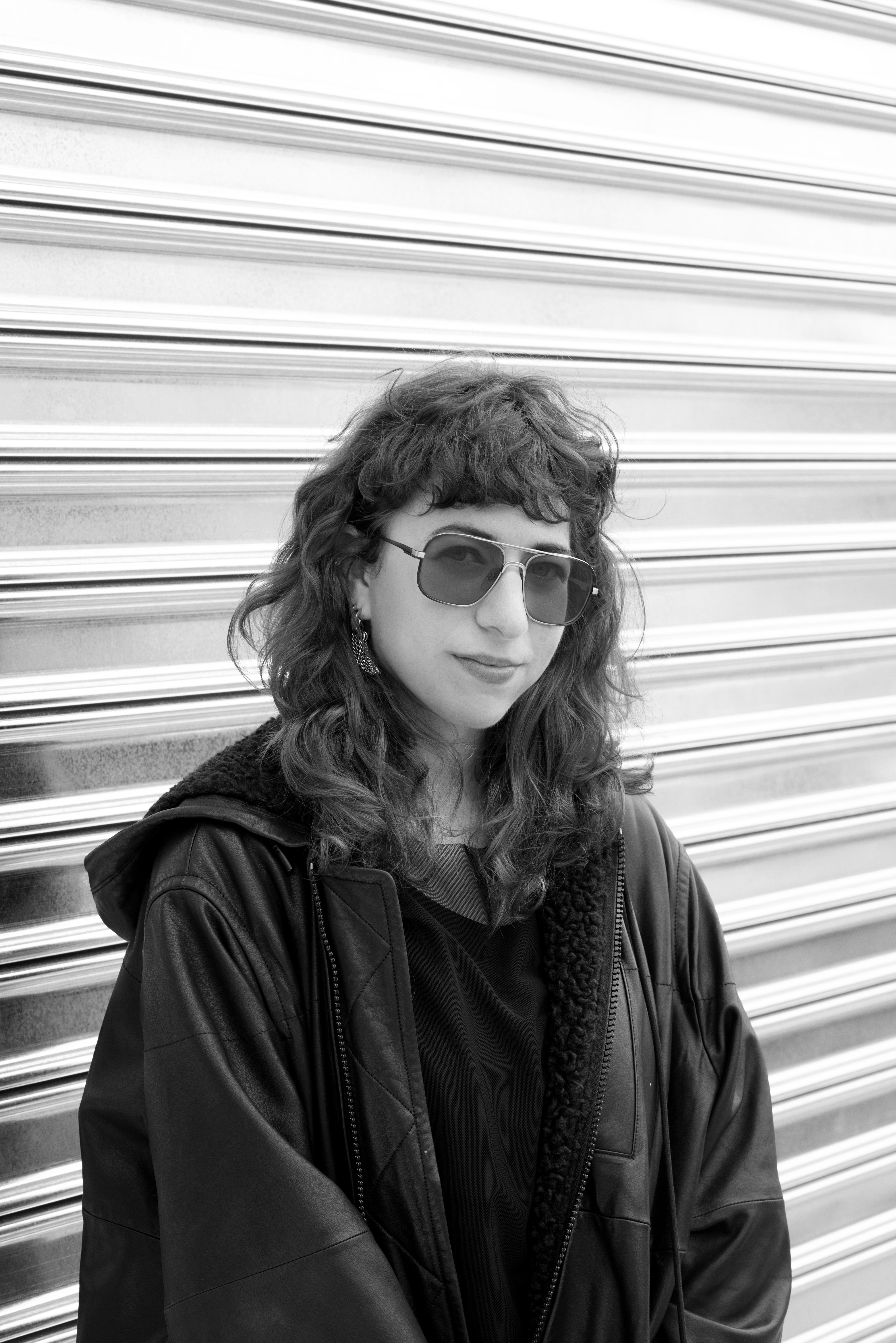Visas for Artists: The Basics, Plus How Fractured Atlas Can Help You
Our mission at Fractured Atlas is to support artists, to help you manage some of the administrative or bureaucratic tasks that are required to support your life as a creative. In addition to our fiscal sponsorship program that allows artists to receive some of the benefits of our 501(c)(3) nonprofit status, fundraise using our platform, and apply for a wider range of grants, we also assist artists looking to receive visas to the United States. We provide artists with peer letters of support as experts in the field of the arts.
We’ll share an introduction to visas for artists, plus explain how Fractured Atlas fits into the visa process.
Time for Disclaimers
Before we delve too deeply into the world of visas for artists, it’s important for us to make a few things clear.
We are not immigration lawyers or any kind of lawyers. We are also not petitioners, which means that we cannot sponsor visas for artists to come to the United States. We support artists and creatives in a very small segment of the overall visa process.
It’s also important to note that the immigration system in the United States can be confusing, discriminatory, and brutal. Fractured Atlas doesn’t have control or insights over how many visas for artists are approved in a given year. It depends on a complex and opaque mix of the whims of whatever political administration is in power and the preferences or pressures placed on the individuals reviewing applications.
And for international artists who are hoping to come to the United States and just figure it out, to maybe spend a year or so making work in New York City to see if they can “make it,” there aren’t specific visas to apply for to support you with that. Often, artists who want to go this route will end up applying for a visa that’s not directly related to their art, such as a tourist visa or a domestic worker visa.
In the same way that we can note the flaws in the grantmaking system–the ways that it is rooted in problematic relationships between money, power, and violence–we can and should make those same observations about the immigration system. Our role is to do our best to support artists as you navigate these deeply imperfect systems as confidently and as successfully as possible.
What Kinds of Visas Can Artists Apply For?
For international creatives looking to come to the United States, there isn’t a catch-all visa just for artists. Instead, there are a number of visas that are applicable. These different visas generally have to do with how long you want to stay in the U.S. and what specifically is bringing you here (whether it’s a contract position for a series of opera performances or a full-time staff position at a creative agency, for example).
Visas can be renewed and applicants can petition to have one kind of visa after another one expires (for example, you might seek out an O-visa after a student visa has run its course).
Visas are identified by a letter and then a number by USCIS (United States Citizenship and Immigration Service).
Commonly, artists end up applying for O-visas, which are for individuals with extraordinary abilities. The Creative Independent has a very thorough overview of the O-1 visa for artists that we recommend taking a look at to learn more.
Artists can explore O-1B visas and their assistants or support networks can look at the O-2 visa. Any family that would want to join the trip can check out O-3 visas. These visas can last for up to three years.
There are other visas that artists and creatives can look into to see which is the best fit for your needs and which you can use to build yourself the most compelling case. The ones that Fractured Atlas helps artists with include the P-1B, P-1S, P-2, P-2S, P-3, and P-3S in addition to O-1B and O-2 visas. There are also H-visas that artists can apply for, but Fractured Atlas isn’t able to assist with them.
For more details on the kinds of visas that artists can apply we recommend checking out Artists From Abroad.
What You Need to Apply for an Artist Visa in the United States
The USCIS website will have the exact list of everything you need to apply for a specific visa. We recommend looking there for the most up-to-date list of requirements for any visa you are looking into.
To file for an O-visa in the United States you need to fill out the application form from USCIS, have a petitioner, and provide supplementary material like a consultation letter, contract, and itinerary.
A petitioner is a U.S. citizen who will be on your visa forms. They are there to vouch for you and to request your presence in the United States. It is most commonly going to be a prospective employer. There are, however, situations where there is an international petitioner petitioning for an artist to come to the U.S., but even then they will still need someone who is a U.S. citizen as part of the application. According to USCIS, “The regulations require that an O petition be filed by a U.S. employer, a U.S. agent, or a foreign employer through a U.S. agent.”
Many of the visas that artists can apply for are related to work so it’s important to be able to demonstrate that you either have work lined up or enough professional contacts here that once you arrive you’ll be able to find regular work easily.
You don’t technically need a lawyer to move through the visa application process, but a lawyer can certainly assist you as you navigate a very confusing system that is likely new to you. Plus, they can help you put together your application based on their experience of seeing what works and what doesn’t for artists looking to get visas. Lawyers can even help you find employment for your time in the U.S. In fact, most of the time that Fractured Atlas writes letters of support for artists, we are going through their lawyers rather than dealing with the artists directly.
While you also don’t technically need to include additional supplementary materials beyond what’s required of the particular visa you are applying for, artists often include more because it can strengthen your case upon review. Supplementary material can help demonstrate that your work is notable; that you are a person of “extraordinary ability.” This supplementary material can include documentation like the peer letter of recognition that Fractured Atlas supplies.
How Fractured Atlas Helps Artists During the Visa Application Process
As we mentioned at the beginning of this article, Fractured Atlas is not able to act as petitioner for artists or serve as your legal counsel. We help artists and creatives with a very specific part of the process; by writing a peer support letter or “a written advisory opinion from a peer group”.
We work with everyone from traditional artists like performers, painters, and sculptors, to YouTubers, Instagrammers, infographics creators, tattoo artists, models, storefront designers, journalists, writers, art directors, marketing professionals, and others. Most often, we don’t work with artists directly. Instead, we work with their lawyers who are working to put together the most compelling supplemental material possible.
We can help people applying for O1-B, O-2, P-1B, P-1S, P-2, P-2S, P-3, and P-3S visas.
In our peer support letter or letter of non-objection, we explain that through our work with artists across a variety of disciplines, we are experts in the field of the arts. And that as experts, we don’t object to this particular person entering the United States for the purpose of creating art.
In the same way that we aren’t curatorial with our fiscally sponsored projects, we aren’t here to tell you whether your work is good or whether you are a person of extraordinary ability. We use specific criteria to determine if your work is notable enough for us to safely provide a peer letter. Applicants will provide us materials including awards received, media coverage, recommendations from other artists, or other evidence that your work is notable.
We are able to provide a request for a peer letter in between three to five business days, with rush fees associated if you need it sooner.
Check out some more information about how Fractured Atlas supports artists looking to come to the U.S.
About Nina Berman
Nina Berman is an arts industry worker and ceramicist based in New York City, currently working as Associate Director, Communications and Content at Fractured Atlas. She holds an MA in English from Loyola University Chicago. At Fractured Atlas, she shares tips and strategies for navigating the art world, interviews artists, and writes about creating a more equitable arts ecosystem. Before joining Fractured Atlas, she covered the book publishing industry for an audience of publishers at NetGalley. When she's not writing, she's making ceramics at Centerpoint Ceramics in Brooklyn.


